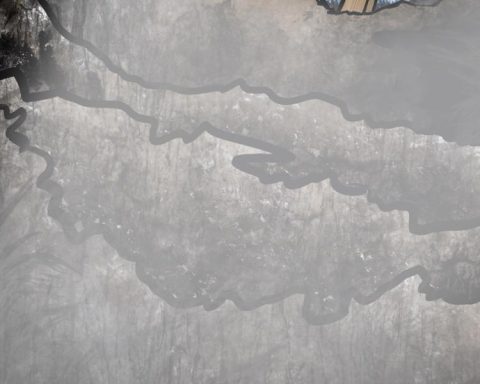SAN LUIS POTOSÍ, Mexico.- The National Hurricane Center (NHC) of the United States, has begun monitoring a new disturbance over the Tropical Atlantic that currently has a low probability of becoming a tropical cyclone.
According to the latest weather report issued this Friday, some storms could occur cyclonic development as this system moves westward over the next week. However, at this time and over the next 48 hours, no formation is expected.
“A zone of disturbance over the central tropical Atlantic is expected to interact with a tropical wave approaching in the next few days,” the site said.
As it approaches the Lesser Antilles by mid-next week, with a west-northwestward motion near the Greater Antilles, it could gain in intensity.
Cuban experts also warn that starting this Friday and over the next few days, Cuba will be influenced by the arrival of the Saharan Air Layer, a mass of dusty and dry air originating in the Sahara Desert in North Africa.
The atmospheric phenomenon, which can extend into the troposphere from 1,500 to 6,000 meters above sea level, will generate foggy, dry and hot weather conditions in the Caribbean region.
Cuban official media suggest being cautious in the presence of the Saharan Air Layer, and recommend avoiding unnecessary exposure to the outdoors; wearing light, light-colored clothing; drinking plenty of fluids throughout the day; using a face mask and glasses as protective barriers; washing hands and face frequently; covering drinking water containers; and when cleaning the home, using direct water or wet cloths.
The Cuban Meteorological Institute predicted a season “very active” cyclone in the coming months. Cuban experts predict the formation of some 20 tropical storms throughout the North Atlantic basin, of which 11 could reach hurricane category, according to probability analyses.
Of the total number of tropical cyclones, 14 could develop in the Atlantic ocean area, four in the Caribbean Sea and two others in the Gulf of Mexico.
Follow our channel WhatsApp. Receive the information from CubaNet on your cell phone through Telegram.


















